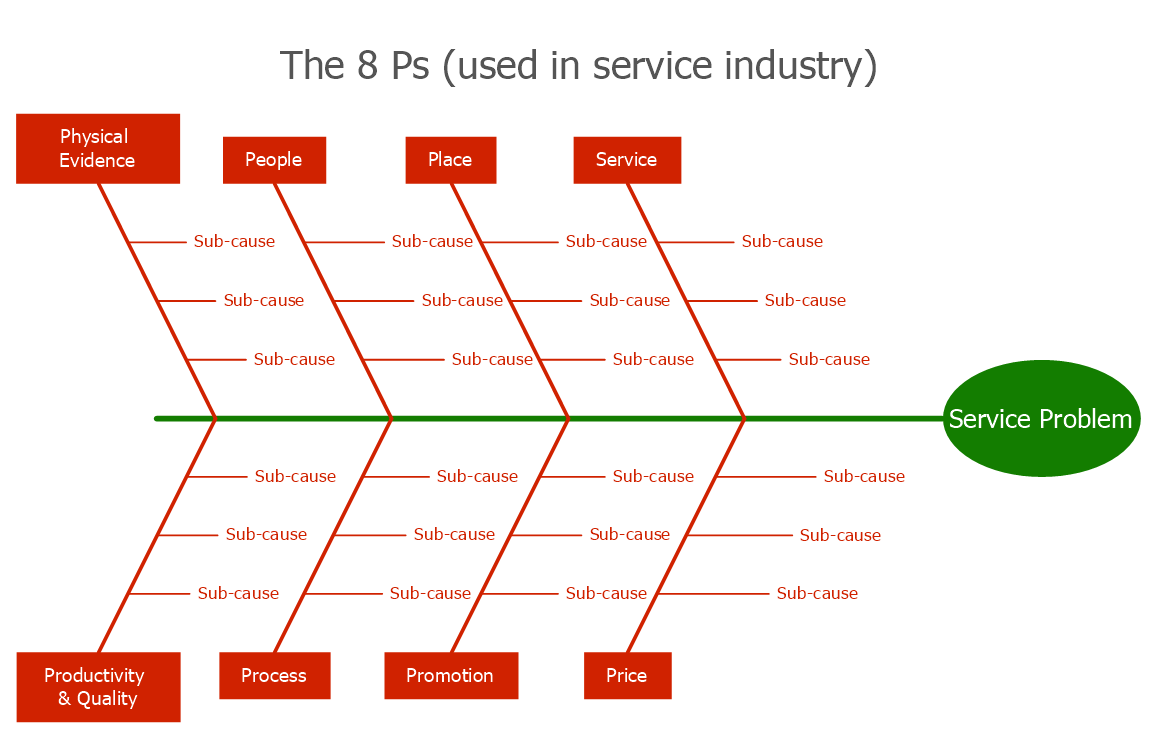

With the data laid out, you can start to look for patterns and identify causes that warrant further investigation. Missing a meeting, for example, would qualify as a symptom of being late-not a cause. Throughout the process, be mindful to identify causes rather than symptoms. You can add additional branch bones off any bone to demonstrate sub-causes. Keep asking why to get to the underlying causes.įill in details for each cause. You can do this by asking “why”– try to keep asking this question until you have no further answers (a technique like the Five Whys can really help you drill down). Identify as many causes or factors as possible, and attach them to the sub-branches of major branches. Common categories typically include materials, methods, equipment, environment and people.ĭraw these category lines diagonally above and below the spine-these will serve as the bones-and label them with your selected categories.įor each category, identify other specific factors which may be the causes of the effect. Use your judgement to select the categories that make sense for the diagram you are creating. For example, service industries may examine policies and procedures, while the manufacturing sector may list environmental factors.

Note that there is no correct or set amount of categories, and there will likely be some variance depending on your line of work. These are the labels for the major branches of your diagram and become categories under which to list the causes related to those categories. Now it’s time to plot the categories along the fish spine. (Alternatively, you can use whiteboard programs such as Miro, Mural, Canva or Microsoft PowerPoint to map out a fishbone digitally.) At the far right of the spine, write out the effect/outcome of the process you’re examining-this becomes the head of the fish. On a large piece of paper, draw a straight horizontal line-think of it as a fish spine. An effect may be positive (an objective) or negative (a problem), depending on the issue being discussed.įor this example, we’ll visualize the characteristics of something that most people have experienced at least once in their life: arriving late to work. These can be quality characteristics, problems resulting from work, planning objectives, etc. Step 1: Identify and define the outcome you’d like to analyzeĭecide on the effect or end result you’d like to examine. When you develop a fishbone diagram, you are constructing a pictorial display of a list of causes organized to show their relationship to a specific effect.
#Creator of fishbone diagram how to#
As a result, team members can separate a problem (or problems) from a final result and gain clarity on how to improve. Aside from encouraging group participation, this collaborative approach allows teams to think in a very systematic way.įurthermore, the visual component is an orderly, easy-to-read diagram that identifies gaps in a process or areas where further study is needed. The structure provided by the fishbone diagram helps team members drill down and find the root cause of a problem or effect. What are the benefits of using a fishbone diagram? Visualize the relationships of potential causes to one another and to the resulting effect.



 0 kommentar(er)
0 kommentar(er)
